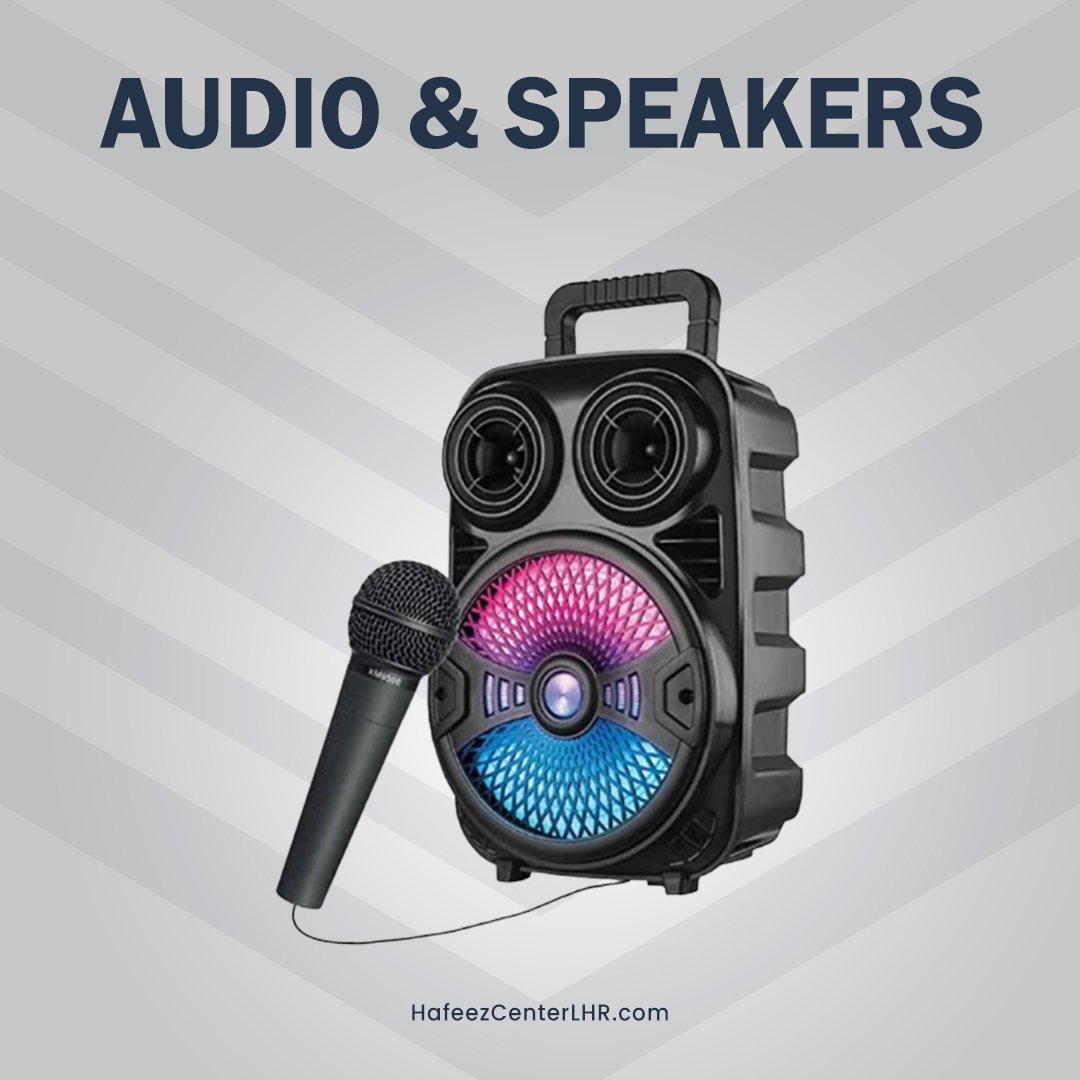
Red Magic 10 Pro Review: Facts, Features, and Highlights
December 6, 2024
Top 5 Hidden Features of the PlayStation 4 You Might Not Know About
December 9, 2024When exploring how headphone drivers work, understanding the difference between the two most common types—dynamic drivers and balanced armature drivers—is crucial. These drivers are the key components that convert electrical signals into sound, and each type has its own strengths and weaknesses depending on your listening preferences.
Dynamic Drivers in Headphones
Dynamic Drivers are the most widely used in headphones and earbuds. They function through a diaphragm that moves back and forth when activated by a voice coil and magnet. This simple mechanism helps generate sound by displacing air, making it especially effective for producing deep bass and full-range sound. Dynamic drivers excel in delivering natural timbre, with a physical feeling of bass that many users enjoy, particularly in genres like rock or electronic music. However, they tend to be slower in response and less adept at reproducing high frequencies with precision.

Balanced Armature Drivers
Balanced Armature Drivers deliver smaller, more precise sound with high clarity, particularly in the mid-to-high frequency range. Originally developed for hearing aids and bone conduction headphones, these drivers are perfect for audiophiles or anyone seeking detailed, sharp sound. Their development plays an important part in the history of headphones, marking a shift toward more specialized and efficient audio technology. These drivers are more efficient at reproducing treble and mid-tones, making them great for vocal-centric music or classical compositions. However, they often struggle with delivering strong bass, and to compensate for this, some headphones feature multiple balanced armature drivers, each tuned to handle a different frequency range.

Dynamic vs. Balanced Armature Drivers
Choosing between the two depends largely on what you prioritize in your listening experience. You should choose dynamic drivers if you enjoy bass-heavy music and a fuller sound profile. They are affordable and commonly found in a wide range of headphones, especially popular choices for headphones for music enthusiasts who appreciate rich, immersive sound. If you value clear, detailed sound with an emphasis on mid and high frequencies, balanced armature drivers will offer a more precise listening experience, though they may come with a higher price tag due to their specialized design.

Hybrid Setup
In some cases, headphones combine both driver types in a hybrid setup, which can offer the best of both worlds. The dynamic driver takes care of the bass, while the balanced armature focuses on the higher frequencies, ensuring a more balanced and rich overall sound.
Conclusion: How Headphone Drivers Work
Ultimately, understanding how headphone drivers work and the advantages of each type will help you make an informed decision based on your specific audio needs. Whether you prefer the powerful bass of dynamic drivers or the intricate detail of balanced armature drivers, knowing their differences ensures you’ll choose the perfect pair of headphones.











